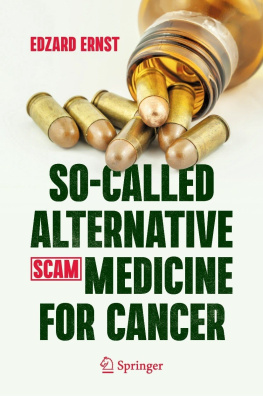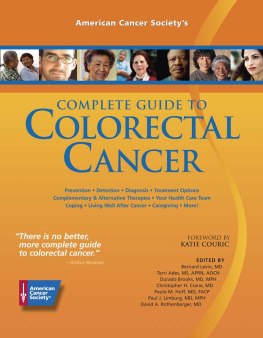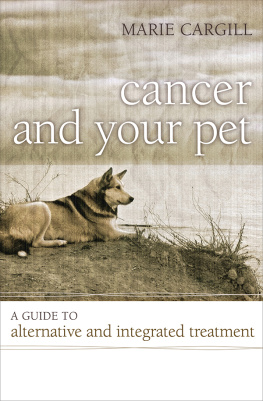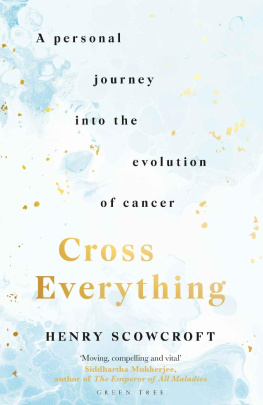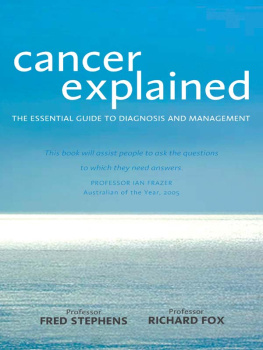SNAKE OIL
And Other Preoccupations
John Diamond died on March 1st 2001. He was one of Britain's most prolific journalists, columnists and broadcasters, having worked for most of the national papers and presented numerous radio and television series. He was married to Nigella Lawson, with whom he had two children.
Dominic Lawson is Editor of the Sunday Telegraph. Previously he was Editor of the Spectator. He introduced John Diamond as a columnist at both titles.He was also John Diamond's brother-in-law.
This eBook is copyright material and must not be copied, reproduced, transferred, distributed, leased, licensed or publicly performed or used in any way except as specifically permitted in writing by the publishers, as allowed under the terms and conditions under which it was purchased or as strictly permitted by applicable copyright law. Any unauthorised distribution or use of this text may be a direct infringement of the author's and publisher's rights and those responsible may be liable in law accordingly.
ISBN 9781409043959
Version 1.0
www.randomhouse.co.uk
Published by Vintage 2001
10 9
Copyright John Diamond 2001
Introduction Dominic Lawson 2001
Foreword Richard Dawkins 2001
The right of John Diamond to be identified as the author of this work has been asserted by him in accordance with the Copyright, Designs and Patents Act, 1988
This electronic book is sold subject to the condition that it shall not by way of trade or otherwise, be lent, resold, hired out, or otherwise circulated without the publisher's prior consent in any form other than that in which it is published and without a similar condition including this condition being imposed on the subsequent purchaser
Grateful acknowledgment is made to the Daily Mail, Jewish Chronicle, Observer, She, Spectator, Sunday Telegraph, Sunday Telegraph Magazine, Sunday Times, Sunday Times Magazine and The Times Magazine for permission to reproduce the articles within this collection.
First published in Great Britain in 2001 by Vintage
Vintage
Random House, 20 Vauxhall Bridge Road, London SW1V 2SA
Random House Australia (Pty) Limited
20 Alfred Street, Milsons Point, Sydney,
New South Wales 2061, Australia
Random House New Zealand Limited
18 Poland Road, Glenfield, Auckland 10, New Zealand
Random House South Africa (Pty)
Limited Isle of Houghton, Corner of Boundary Road & Carse O'Gowrie,
Houghton 2198, South Africa
Random House UK Limited Reg. No. 954009
www.randomhouse.co.uk
A CIP catalogue record for this book
is available from the British Library
ISBN: 978-1-4090-4395-9
Version 1.0
INTRODUCTION
DOMINIC LAWSON
When one thinks of the pain John Diamond must have felt at leaving the world when his two children were so young, it seems almost tasteless to suggest that his departure before completing 'an uncomplimentary view of complementary medicine' as he dubbed his book was also a tragedy. But the editor in me, as opposed to the brother-in-law, certainly does see it as that. John's study on the day after his death presented an almost unbearably poignant sight: his computer screen still switched on, and there, flickering, as if with an extinguished intelligence, the last completed words of his book before he was rushed to hospital: 'Let me explain.' For once, he never did.
In that study, too, could be found almost every word that John had ever written, torn out of the myriad newspapers and magazines to which he had contributed, before cyberspace developed an easier means of retrieval. Six months before he died John wrote that he had rejected requests to set up a website devoted to his articles because 'I've always believed that journalism is an ephemeral thing and that if I want to write anything for posterity's sake, I'll start another unfinishable book.' But the sight of that pile of accumulated cuttings in the study suggested to Nigella and me that perhaps John would actually have relished seeing the best of it between covers: smarter than a mere website, in any event.
We are both grateful to Ze Wales and Sally Duncan for their help in collating all of John's journalism: he was the archetypal freelance, prepared to write about anything for anyone, so theirs was not an easy task. Actually, this was never mere hackery on his part. John had absorbed more information, both useful and useless, about a wider range of subjects, than any other journalist I came across. The Internet, fashion, cars, restaurants, television: on all these topics he at one time or another (and frequently simultaneously) had regular columns. John had an almost unerring sense of what the latest 'thing' would be in all these fields, and had a fierce desire to share his discoveries with as many people as possible. He was, for example, the first television critic to spot the peculiar talent of Sacha Baron-Cohen, languishing on the Paramount Comedy Channel, so that the readers of the Sunday Telegraph became the perhaps unlikely avant-garde fan club of the man who subsequently gained greater fame as Ali G.
I joined John Diamond's fan club in January 1989 when, showing a courage bordering on the reckless, he agreed to write a travel piece for the Spectator on Geneva, one of the most boring of the world's great cities. He turned this unfortunate fact into a piece of irresistible wit: 'Whole streets in the centre of town go bank, Rolex, bank, bank, Patek Philippe, bank, bank, Japanese electronics store, bank, bank, bank, Longines, greengrocer, Omega, bank, bank, bank.'
I remember ringing Nigella up, knowing that she was then a colleague of John's at the Sunday Times, to read out loud and share with her the only funny piece (so far as I know) ever to have been written about Geneva. I couldn't have been happier when, three months or so later, Nigella's office friendship with John turned into something much more precious.
John's gift of humour was certainly what I treasured most as one of his many editors he was writing five columns a week at the time of his death. He was, as his obituarists wrote, an incredibly witty man in private conversation (even when deprived of speech, and forced to scribble his repartee). But we all know writers who are outrageously witty in private, yet who struggle to realise that comic timing in their writing. Conversely, there are many very funny writers who in their real lives are models only of misanthropy. With John the wit was seamless, without force or contrivance. This remained true, right to the very end, even when he was in constant physical pain: you don't have to be Jewish, although, as they say, it helps, to be reduced to helpless laughter by his Jewish Chronicle swansong, a mock-Yiddisher version of 'Twas the week before Christmas'.
John's Jewishness was not just the wellspring of much of his sense of humour (if the Jews are a race, then irony is definitely its common language); it was also the object of his wit. His column in The Times contained some wonderful examples, none better than his account (included here) of a profoundly embarrassing trip to a Hasidim-run computer repair shop.
John's column in The Times became, I suppose, his public memorial, with its frequently (and deliberately) poignant account of the havoc wrought by a smoking-induced tumour. It was the intensely personal tone of these columns which clearly captured the attention of so many readers. But their strength, it seems to me (and to many doctors as well, to judge from the letters sent in at the time of John's death), rests in large part with his absolute determination to understand the true nature of his disease, and to communicate that, rather than mere emotion, to his readers. John's family background his father had been a bio-chemist obviously helped, but this was also characteristic of him as a writer: unlike so many prolific and gifted columnists he never allowed himself to run on a tank full only of treasured prejudices. He certainly had those, too, but above all he was an empirical writer, obsessed, as all seekers of truth are, with facts, facts, facts. Readers rather enjoy that, by the way: on the whole, that's why people buy newspapers.


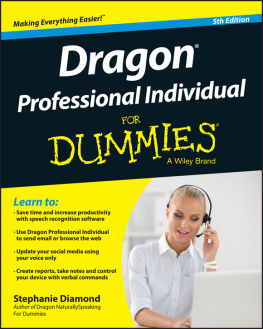
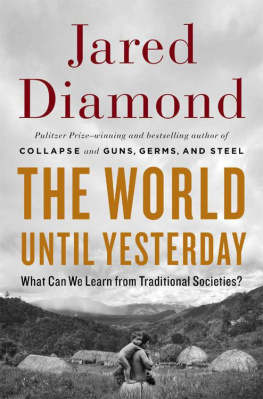
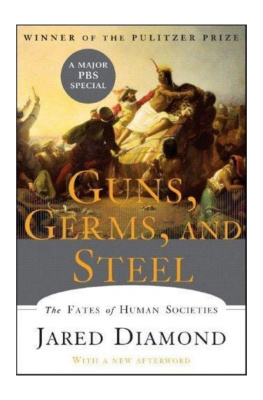
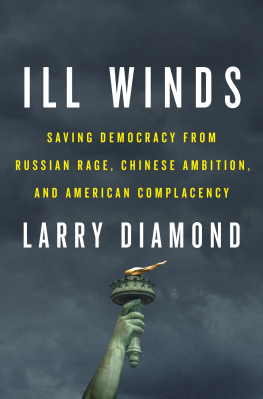

![Diamond - By Lisa M. Diamond: Sexual Fluidity: Understanding Womens Love and Desire [Paperback]](/uploads/posts/book/138039/thumbs/diamond-by-lisa-m-diamond-sexual-fluidity.jpg)
